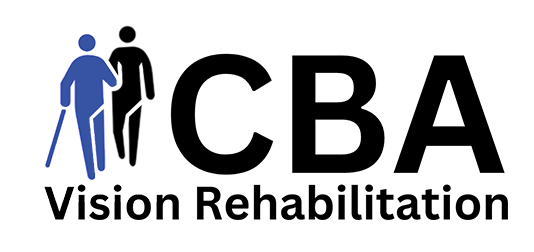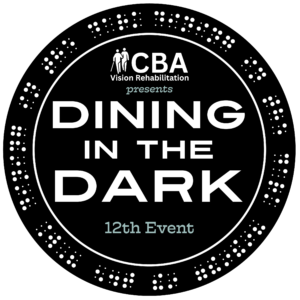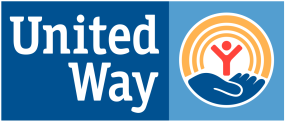
It’s back-to-school time again. Students are using screens at school even if they are in the classroom. It’s important as you prepare to start the school year in the new normal, to consider getting your kids an eye exam before classes start.
Eye Health for Kids 101: Staring down the problem
After your child is born, their eyes continue to develop, change, and mature until around the age of seven. During that time, there are lots of important developmental stages that their eyes pass through, and at these precious junctures, eyesight is constantly changing and evolving. Generally, these milestones occur with steady, proper development of your child’s vision, but sometimes these changes lead to vision impairment or even expose other fundamental eye problems.
As much as you have your child’s best interests at heart, the truth is, you may not always know or notice that they have a vision problem. Making matters worse, less than 22% of preschool children across the country receive any kind of vision screening. This helps explain why about 1 in 4 children have undetected vision problems, and why your child may also be at risk for undetected vision impairment.
While there are some signs to clue you in (see below), the only concrete way to guarantee that your child’s vision problems are detected, diagnosed, and corrected properly, is by taking them to your optometrist or ophthalmologist for a comprehensive eye exam. If vision problems are detected early on — especially before the age of seven — then permanent vision correction will be much more effective. CBA Vision Rehabilitation Services provides free screening to families throughout Chautauqua and Cattaraugus Counties.
The effects of undetected vision impairment on your child’s development
Children use their eyes for almost everything they do. They use vision for engagement in sports, playing with others, and learning activities, like reading. It is one of the body’s most important senses and delivers constant information to the brain.
When your child has an undetected vision impairment problem, their ability to engage in the classroom, on the playground, and with their teachers and peers is also impaired. For example, if your child has trouble reading the whiteboard or catching the kickball as well as their classmates — then their short-term confidence and self-esteem may be diminished. On a longer timeline, this can lead to developmental, learning, and social adjustment problems.
For example, because untreated vision problems can look like behavioral problems like attention deficit hyperactivity disorder (ADHD), children may get misdiagnosed. As such, the CDC recommends that every child receives at least one comprehensive dilated eye exam between the ages of three and five, and annually thereafter.
Difference between a vision screening and a comprehensive eye exam
A vision screening administered by schools or during your child’s annual well visit is a good start towards identifying potential vision problems. However, these screenings will not diagnose eye diseases or provide options for correcting your child’s vision, if that is necessary. Only a comprehensive eye exam and consultation with an eye doctor can do this. See the different eye health items checked in a vision screening versus a comprehensive eye exam:
Vision-Screening
– Visual acuity
– Eyes working together
– Basic eye health
Comprehensive Eye-Exam
– Visual acuity
– Eyes working together
– Basic eye health
– Chronic diseases
– Color vision
– Diagnosis
– Treatment
Most common vision problems for children
In school-aged children, these five conditions are most commonly diagnosed and treated by optometrists:
– Amblyopia — lazy eye
– Myopia — nearsightedness
– Hyperopia — farsightedness
– Astigmatism — abnormal lens shape
– Exotropia and convergence insufficiency — weakened eye muscles
Refractive errors are relatively easy to correct with prescription glasses or contact lenses, but your eye doctor may also be able to provide potential solutions for more severe eye problems your child might have.
Signs that your child may have a vision problem
Because many students will be doing part or full-time distance learning this year, you’ll want to be on the lookout for these behaviors which may indicate a vision problem:
– Sits close to the television or computer screen
– Holds books very close to their face
– Rubs eyes often
– Squints or tilts head
– Loses place while reading
– Sensitive to light and light changes
Introducing your child to their prescription eyeglasses
Following their eye exam, if any problems were discovered, your child may receive a prescription for a new pair of eyeglasses. The eye doctor will likely help you explain to them how often they need to wear the glasses and in which situations. Beyond that, it will be up to you to help your child take care of their glasses, especially to use them properly, for consistent, optimal vision correction.
For starters, you might consider a warranty that covers replacement of frames and lenses for your little tike’s first pair. Children’s glasses are more prone to damage, especially while your son or daughter gets adjusted to having them on their face. It’s simply part of the process — and the active nature of kids!
Second, to avoid some of the accidents associated with the adjustment phase, ask the optician about impact-resistant polycarbonate lenses, spring hinges that hold the glasses in place, and adjustable nose pads for proper bridge fit. These can be a godsend and save you from multiple trips to the store to replace broken frames.
Finally, show your child multiple times exactly how to clean and store their glasses. Always use a microfiber cloth for lens cleaning, since other materials might scratch the lenses unintentionally. Pre-wetted disposable lens cloths are available for purchase and make keeping lenses clean a breeze for children. They should also always place their glasses in the case after they take them off. Generally, it’s a good idea to purchase multiple cases and put them in the most convenient places so your child doesn’t forget. Examples include their backpack, desk at home, bathroom, and so on.
So, you see, giving your child an extra good start this school year is easy. One might even say, it’s easy as A, B, see. Use your eye care insurance today to get them the check-up they need.







